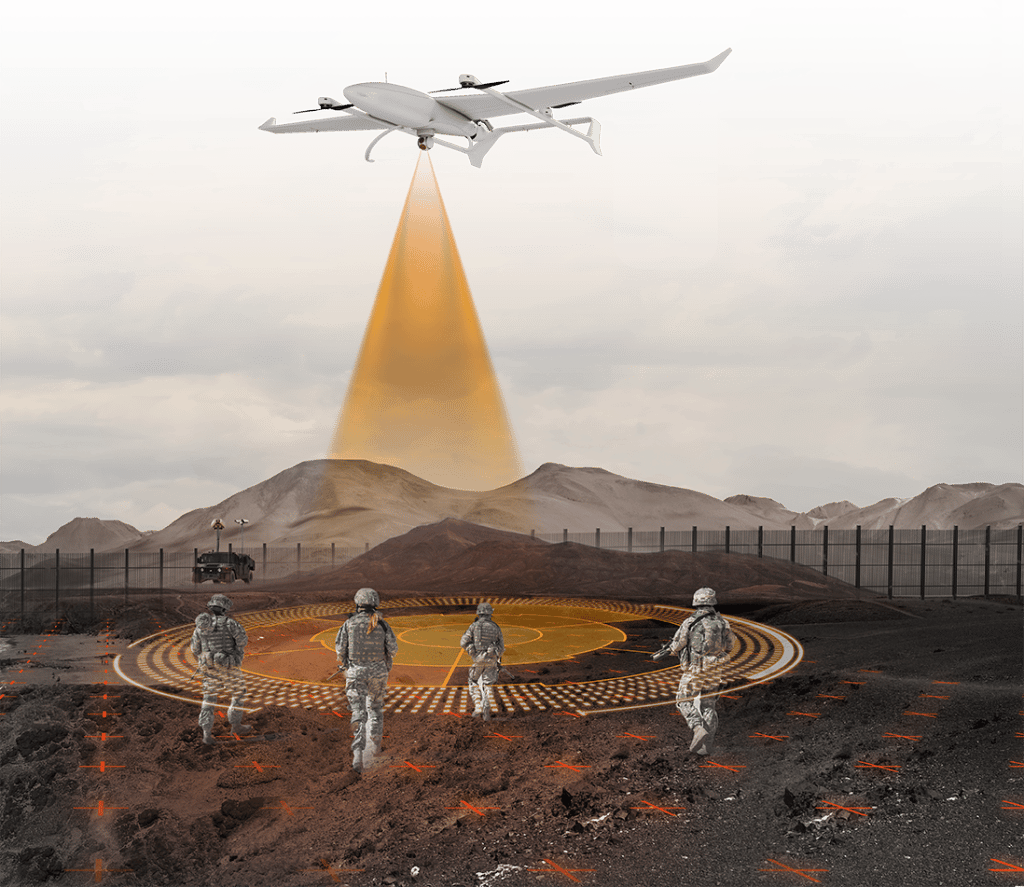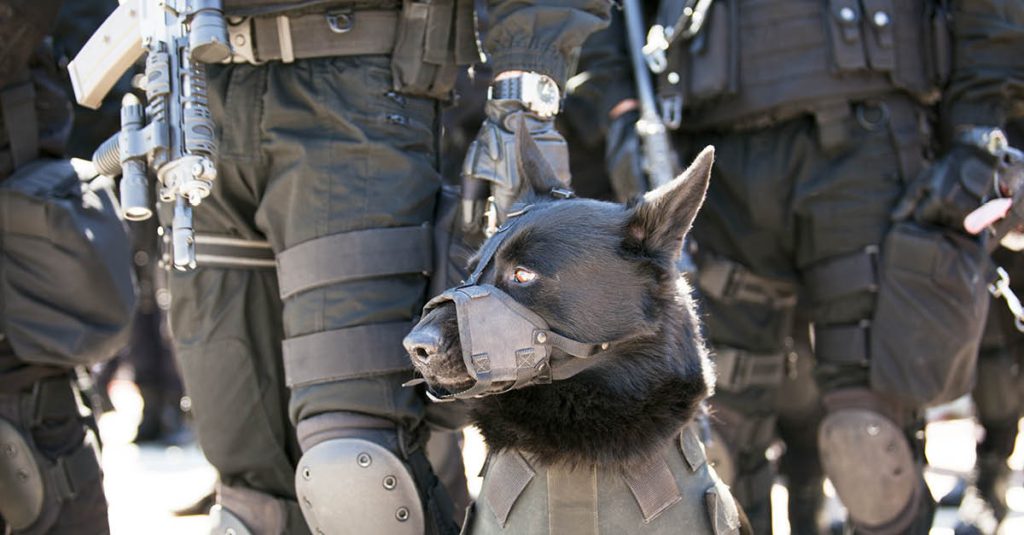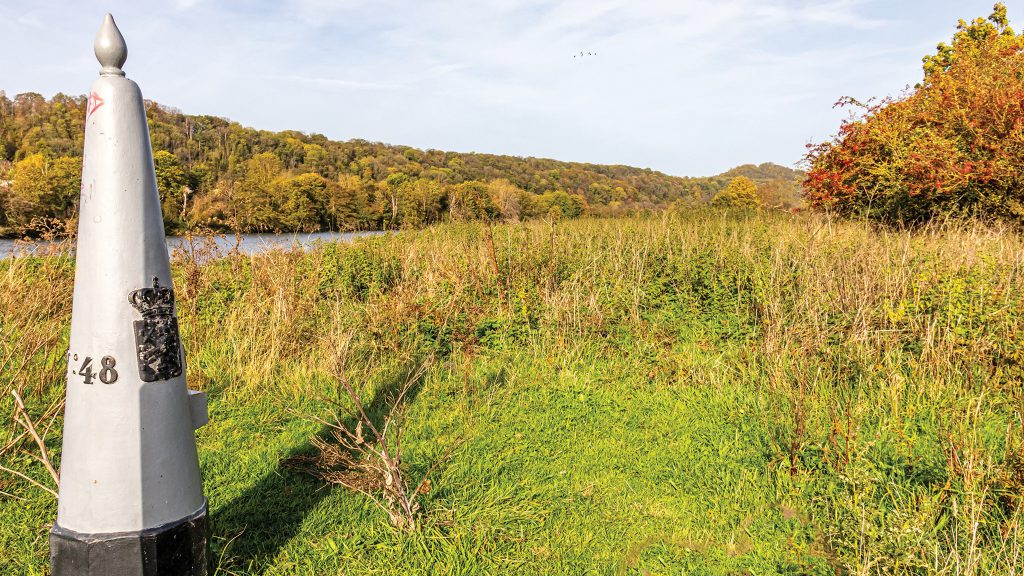“One of our biggest goals is enabling soldiers to operate in a data-driven environment. The key to outmatching the opponent is advanced situational awareness”, says Yaron Sitbon in a fascinating interview
“My experience as a veteran also allows me to be a forward thinker”, Yaron Sitbon says about himself. Sitbon is the VP of the land department at TAR Ideal and a former colonel in the Israeli Defense Forces. He served in the Israeli special forces and the paratroopers’ brigade. As a commander, he was responsible for Oketz, an independent canine special forces unit, the general staff security unit, and the counter-terrorism warfare school. Sitbon participated in operations in the Gaza strip and the 2006 Lebanon war. He has extensive knowledge and expertise in ground warfare strategy and tactics. Sitbon’s job is to bridge the gap between traditional and future battlefields.
“Throughout my 25 years as a soldier, I have fought past wars. We didn’t have cutting-edge military equipment with state-of-the-art technology back then. Our senses were all we had. In the midst of the shells whistling and the wind carrying the battle noises, relying on our hearing and sight was pretty difficult. But things have changed a lot since then”, says Sitbon.
״Advanced technologies have fundamentally changed border management, protection, and security over the past decade—these technologies are being used in military tactical manoeuvres. I’m talking about the use of data on the battlefield. Data is continuously being sent to soldiers from many different sources. These sources include sensors, drones, satellite imagery, AI platforms, GPS, and Visual Intelligence platforms”.
״Data collection and processing from multiple sources in real-time is a challenging task. Battlefields of the future will be very complex. Armed forces that utilise data effectively will have an advantage. That’s why data connectivity is so important. If you receive unprocessed data with background `noise`, there is a possibility that the soldier will become confused and evaluate the situation incorrectly. Data connectivity improves situational awareness for fighting forces. Using wearable solutions, like AR headgear, we can do so in the simplest and most accessible way possible״.

Sitbon discusses another aspect of the future battlefield: soldier protection systems, which will likely undergo significant change soon.
“Protecting the head and torso is particularly important to prevent serious injuries or death. Modern armed forces have developed combat helmets and body armour for use on the battlefield, in order to protect critical areas of the body”.
“In order to increase mobility and survivability, soldier protection systems should be lightweight and comfortable. Infantry soldiers’ body armour is made from ultra-lightweight materials to ensure that forces possess the speed and agility necessary to win on tomorrow’s battlefields. Headgear not only provides excellent head protection but also incorporates advanced systems. As we see, safety and technology are intertwined”.
– Data connectivity and mobility are crucial factors in the future battlefield. What are other elements essential to consider?
“Data alone is not enough. Data is only as good as how you use it. Utilising all the tools available to acquire targets. This is the issue at hand. By analysing data, we can better understand active combat situations, which enables us to respond quickly and make dynamic decisions against hostile adversaries”.
“In the past, militaries relied on heavy artillery, an inaccurate weapon capable of covering large areas. As a result, civilians and civilian objects suffered collateral damage. By using high-speed, highly accurate, close, medium, and long-range lethal weapons, which rely on multiple sources of data, it is easier today to avoid harming innocent people. The information we currently have allows us to determine which targets we should detect and identify, as well as the means to use to bring them down without endangering their surroundings”.
“IFF (Identification friend or foe) systems based on data collected on the battlefield can help us avoid friendly fire incidents. These incidents cause a high rate of mental crisis in combat forces. We can achieve our goals more efficiently if our troops are safe”.
“It can be said that the soldier will be his own sensor. A variety of advanced systems will be available to him. Sensors that can help him gather intelligence, such as visual aids and hearing aids. This will allow him to identify gaps in the command’s knowledge of the threat. His surroundings will be evaluated according to the real-time data he receives. Identify where the enemy hides, if they are hidden behind a wall or inside a building, as well as where mines are located and the range and distance from known threats. By becoming his own sensor, he is tasked with synchronising information from multiple sources. Providing energy to these sources is a major challenge. Synergy is the key. One of our biggest goals is enabling soldiers to operate in a data-driven environment”.
Sitbon talks about the changing nature of warfare in today’s armed conflicts: ״There are fewer open-field battles. It is evident from the Ukraine war that urban warfare has become increasingly important in modern war. For years, militaries avoided fighting in cities. Due to the urban terrain’s density, armies have to disperse soldiers, leaving them vulnerable to sniper fire—additionally, the civilian population requires protection according to the laws of war. As a result, urban warfare differs fundamentally from conventional open field warfare or expeditionary operations in rural areas”.
“In urban warfare, emerging military technologies can improve risk management. There is no doubt that today’s military conflicts are characterised by multi-dimensional threats, whether they come from the air, the sea, underground insurgencies, or cyberattacks. The technology we have today allows us to attack as well as defend. Using UAVs allows continuous scanning of large areas. Our understanding of the bigger picture is based on data collected from sensors. Soldiers have access to data that allows them to identify the enemy more quickly and easily in scenarios that seemed impossible only a few years ago. Various sources of information are used to deploy forces. When we are aware of where we are at any given time, we are able to maneuver effectively. We are also able to use massive and precise weapons to win the battle. The key to outmatching the opponent is advanced situational awareness”.
Sitbon Concludes: “Personally, I think we will always need boots on the ground, but before troops are deployed in a military operation, technological measures must be taken. Future battlefields will be won by humans with the help of cyber capabilities, robotics, autonomous weapons and vehicles, and UAVs”.






